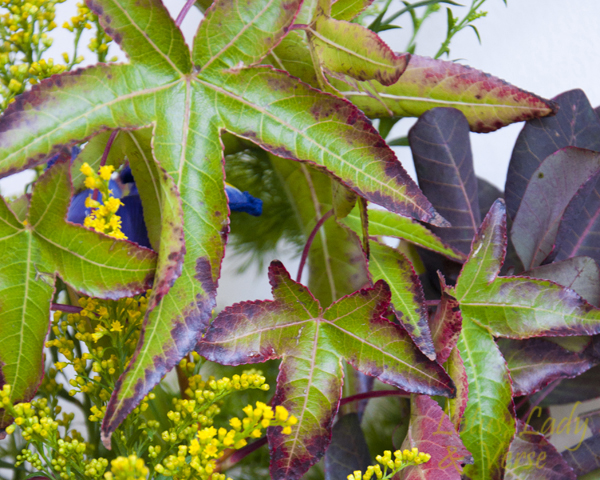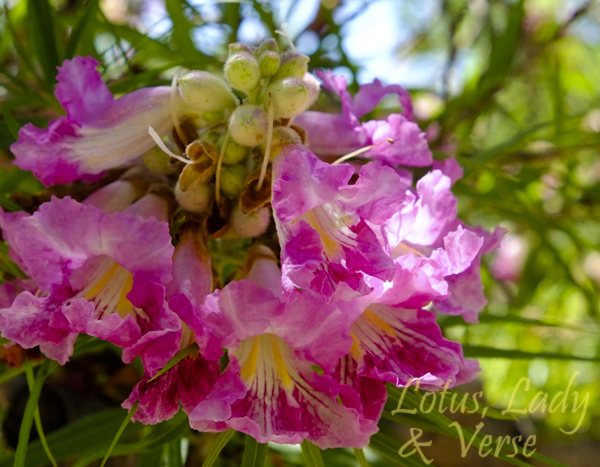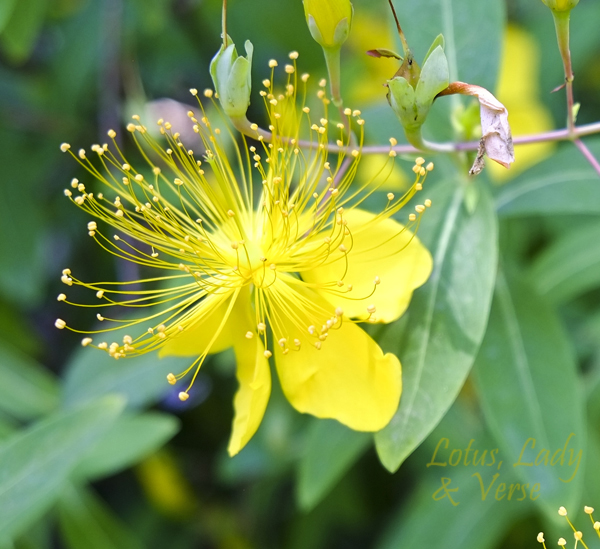My quest for clean skin began one day recently. ‘Til then, honestly, I’d always thought my face was clean if I washed it twice a day—maybe more often in my teens and twenties. Washed with soap—you know, the ubiquitous bar of soap, or even the more current liquid versions. Mostly they are all the same thing—better used for hand-washing after dirty jobs than any other purpose!

My quest for clean skin began one day when, with the right timing, the right lighting and angle of sunlight, a look in the mirror showed instantly there was a big problem! My skin was in trouble! My face looked so dry! And it lacked tone. And even color. I was shocked. I’d always associated feeling clean with losing that oiliness in the “T-zone area”. Yet, all these years, using a bar soap for face and body, I was just not paying attention.
Your Skin Likes to Eat Like You Do
Recently I read that Asian women, passionate about keeping their skin’s youthfulness, have since early times used rice water, rice grains, green tea, and mung bean on their face to get and keep clear, glowing skin.
Rice water, green tea and bean powder? Wow—those are simple enough. But how does it really benefit our skin to splash mere food on it, as in happy hands at home, rather than apply expensive products we’ve seen online, in magazines, etc.?

For one thing, we realize that European, especially French skin care, is well-known and respected. European women have traditionally used natural food-grade ingredients in their beauty regimens. Called a beauty “regimen” for good reason—it has to be consistently routine for beautiful results.
Beauty is a Goal to Reach For
Skin’s natural glow and freshness is obviously a gift of nature. We all have it at birth. But we tend to consume our gifts with abandon, thinking we’ll never run out of their bounty. Then we wake up one day to see that our skin lacks tone, luster and elasticity. Oophs!—wrinkles galore, here we are! It happened to me, what about you?
Weather and seasonal changes, hormonal changes, dietary swerves and sidesteps, and stress all influence our health, and it shows on our faces and hands first.

Beauty is something you work at, whether indirectly and subconsciously. But in large part, you work at it purposefully, because you want to look your best. Every one of us wants to be adored in some way. And at the very least, adorable is fresh and clean, while dirt is not! So, review your lifestyle—your daily habits, exercise, diet, emotional and spiritual health—and see how they could play a major role in your continued beauty.
If that sounds a little woo-woo, consider this: when you were a teenager, did you drink milk or soda and gobble down piles of chips and chocolate candies? Or, too many Tower Sliders to count? Where did all those pimples come from, not to mention PMS, etc.? As for these days, if weight gain is a problem for you, do you often feel sluggish about getting up and moving, defer eating well to “another day”, suffer from depression, insomnia, etc? Could be something you always eat.
Many of us now suffer from digestive issues and/or a syndrome like irritable bowel, or even more stubborn and obdurate conditions. And the same ones of us have also struggled with problematic skin. With digestive issues being so uncomfortable not to mention debilitating, doesn’t it seem like food choices could aid in your recovery, both inside and out?
Committed, with Personality
Maybe not taking care of your skin is one of those tendencies of personality. A learned reaction or coping mechanism. It’s okay—you can fix that—and be better off overall in the bargain.
One way to get some knowledge about skin is to pass up Google and go discover what experts who are really passionate about well-being have to say. I liked reading the viewpoint of authors such as David Wolfe and Kimberly Snyder who admire and value the original beautiful self, the set of attributes and characteristics of human beings that make us charming to each other. They seem to recognize what we desire—to see our bodies from the perspective of wonder and delight, the magical creation that we live inside of. These authors’ deep involvement with nutrition from plants, healing from plants, gives us a reason to reevaluate our current life choices, regarding what we feed ourselves.
For a picture of how beauty is attained inside and outside and how choosing carefully can upgrade your overall wellness, and most obviously your skin’s, see my reviews of David Wolfe’s book Eating for Beauty and Kimberly Snyder’s book Radical Beauty posted on this website.
Ayurveda, a life science
Ayurvedic practices for beauty abound. Part of spa routines, Ayurvedic herbs and oils are sought after by many who like the idea of exotic traditions. But to see the larger picture, we need to view the rationale of this science. To know where beauty comes from, and why total body health contributes to skin spotlessness and glow.

Ayurvedic practitioners see health and wellness as a composition of all the features of life, not just that of human beings. In other words, your lifestyle impacts your wellbeing, and your environment, and the rhythms of the planet affect it as well. And the amazing thing about the science of Ayurveda is that it describes human health as the result of getting in tune with nature.
Ayurveda proposes that there are three qualities in a human body that reveal its state of health. These are airy (vata) resulting in dryness, firey (pitta) resulting in extreme heat, or earthy (kapha) resulting in heaviness, lack of movement. A predominance of one (or a balance of all three and everything in-between) is called your Ayurvedic constitution. Why I like (love!) this system is that it removes blame from a person, and instead focuses on stabilizing your most prominent quality most so you can function well.
Unless you follow a diet specifically designed for your body constitution, you are going to get a range of results from that diet showing up on your skin—notably your face, neck, upper chest and back, perhaps a lack of tone in your skin and the muscles on your neck, arms and legs. Being really honest about what you like to, I mean would rather, eat, versus what’s really good for your overall health is tough. Habits are hard to break. But take heart! There’s such a variety of foods that can be substituted for the ones that may be causing you trouble, you’ll not be missing your favorite comfort food for long!
Your Skin’s Maintenance
Skin is constructed of a complex matrix of cells and glands that are used and renewed along a continuum. Composed of several (3 basic) layers with a variety of supporting functions, skin’s outer layer is the one we see. When dryness, even dehydration (a much more serious condition) occurs, the epidermal (outer) layer becomes compromised and loses its ability to function as the barrier it was created to be.
A compromised epidermis leaves the gates open for environmental toxins to enter the body.
The way I see it now, slathering on those wonderful bar soaps containing clays (not a bad material in itself), then afterwards just toweling dry without using moisturizers, was simply draining the life out of my outer layers! Every day. Eee-gads.
Like any living organ, skin has the need to renew its parts and to clear its outermost layer of dead cells, sweat, lymph and any product of the skin’s and body’s processes that it no longer needs. Reading about this in The Skin Nerd by Jennifer Rock was not so much a revelation as a confirmation of what I already believed. Beautiful skin is in part the result of how you treat it—from the inside to the outside. Yet, I was unknowingly hindering this process with my soapy-suds routines.
I began experimenting with natural and organic non-bar-like ingredients—just one or two at a time to discover how my skin reacts. Or how I like the ingredients as food or as a mask, to begin with. Whenever I have a little bit of extra time, it’s kind of fun to smear a fruit mask on my face, knowing that the enzymatic action benefits my skin like a scrub, but it’s much more gentle.
And learning to type my skin at different times of the day, different seasons, after eating certain foods, I find that it’s the food that I ingest much more than ingredients applied topically that are the root of skin issues. For example, I can see that dairy products in a diet increase bodily mucus and the production of oil in my skin. So, removing dairy made a huge difference to my skin’s appearance.
My conclusions, so far
Considering that our skin is the only organ covering and containing our bones, muscles, all of our vital organs and nerves, fat layers, lymph glands and blood vessels, it deserves a little attention. For sure, our skin displays the benefits of vitamins and minerals from the food we eat and beverages we consume. Or it receives harm due to poor choices.
On the outside, our skin’s function can be greatly aided by maintaining a supple tone and resilience to environmental stress. Freer of dead skin cells, grime, and pore-clogging material after proper cleansing, skin can be supported with oils, herbs, and substances like aloe vera gel, honey, fruits and vegetables, seaweeds, and grains. With so many items to choose from, there’s much more to this food-skin relationship.

Sounds a lot like the food in your kitchen, doesn’t it? And that’s a good thing x 3—first, it’s close to hand, second, you don’t need very much—because a little goes a long way, and third, it’s fresh and clean and pampers you and your skin.
My quest for clean skin opened my eyes to the wider perspective of healing from plants. I can see the Ayurvedic view embracing all the features of life! How each day’s rhythm infuses beauty into our skin, our largest organ.
As human beings, we are personally involved in the universe of beauty. We can chose to have the moon, the stars and the sun, any of the plants, water and minerals in our biome. And these give us some control over our happiness, our skin’s good looks, and our sense of well-being.



